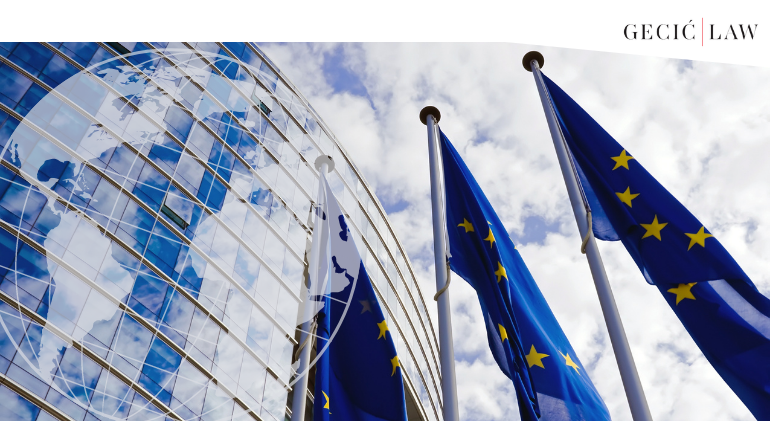

The Global Gateway initiative was unveiled on December 1, 2021, as a strategy of the European Union (“EU”) to support sustainable infrastructure development around the world. The EU is planning to invest EUR 300 billion over five years. The European Commission pitched the Global Gateway as a template for how Europe aims to build more resilient connections across the globe.
The Global Gateway is about increasing investment, promoting values and high standards, good governance and transparency, partnerships based on equality, green, clean, secure infrastructure, but also catalyzing and supporting private sector investment in new markets as part of the Global Gateway initiative. Indeed, the Global Gateway sounds similar to China’s Belt and Road Initiative (BRI), introduced by the Chinese government in 2013 and is often interpreted as a counterbalance to these efforts. The BRI has focused on large-scale investment programs in infrastructure development, including ports, roads, railways and airports, as well as power plants and telecommunications networks across the world.
The EU underlines that the Global Gateway’s key differentiator is that it taps into national and EU resources from financial institutions and development banks, in the hope that institutional spending will unlock significant private capital. The EU funding model is a mix of grants, soft loans, and guarantees aimed at crowding-in private sector investment, while the BRI exclusively focuses on loans. Through the initiative, the EU also aims to support the rule of law, high standards of human, social, and workers’ rights, and the respect for international norms and standards of intellectual property, which has not been a priority for the BRI.
Hence, the Global Gateway Program is expected to compete with and provide a viable alternative to the Belt and Road Initiative (BRI). Some experts claim that, despite its declared objectives, the Global Gateway sounds quite similar to the BRI. Although this statement is sharply denied by the EU, Brussels also has geopolitical interests in mind when offering the countries of Africa, Latin America, Southeast Asia, and Western Balkans an alternative to BRI.
The strategy is of particular importance in Southeast Asia, where China has already initiated BRI projects worth nearly USD 740 billion (EUR 653 billion). Ironically, transparency and value-based standards the EU aims to uphold are often seen as a competitive disadvantage of the Global Gateway.
Although the EU is planning to invest across the world, projects in Southeast Asia and the Western Balkans are the top priorities when it comes to the EU’s latest investment agenda. Historically, the EU has been a significantly larger investor in the Western Balkans than China. However, recently, China has been very active and forthcoming in the region as part of BRI. At the moment, no firm commitments have been made as part of the Global Gateway initiative, but there are indications that some of the first pilot projects will be launched in the Western Balkans.
Author: Marko Đorđević